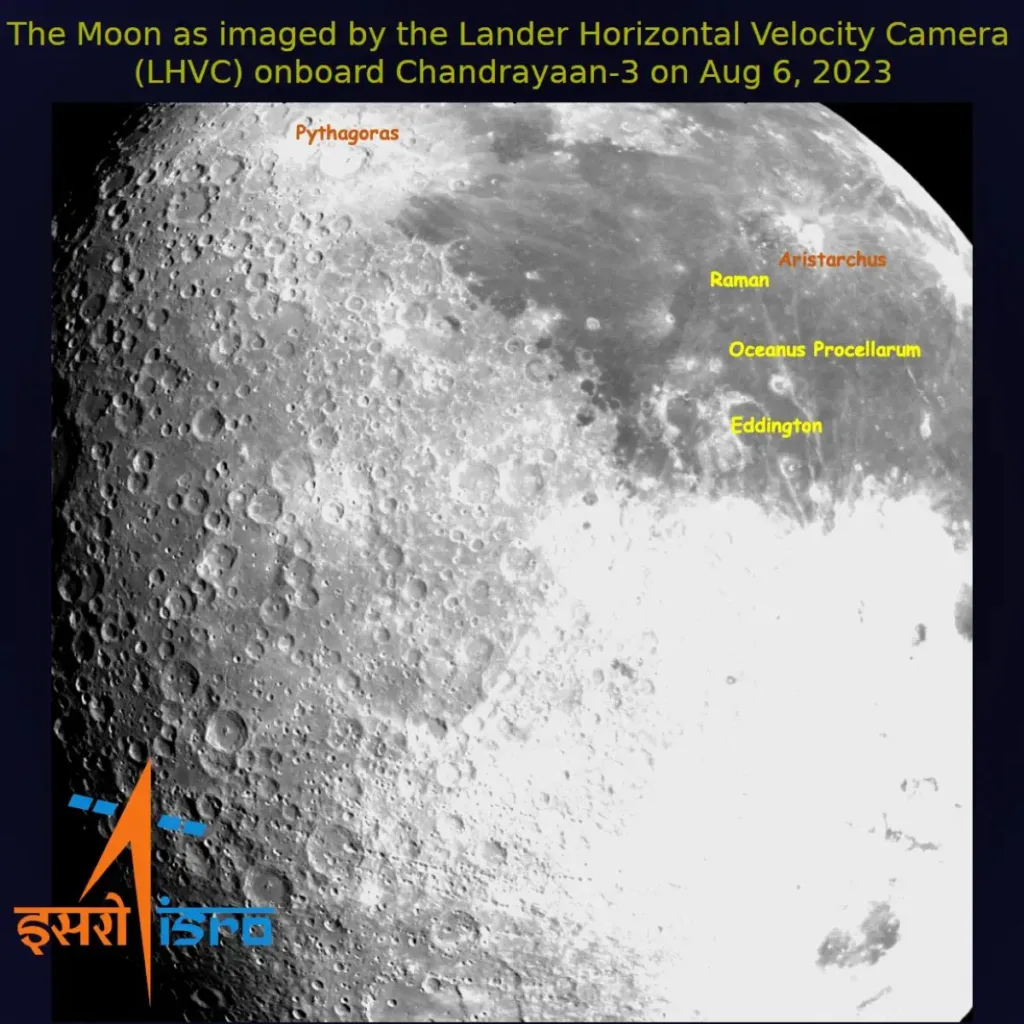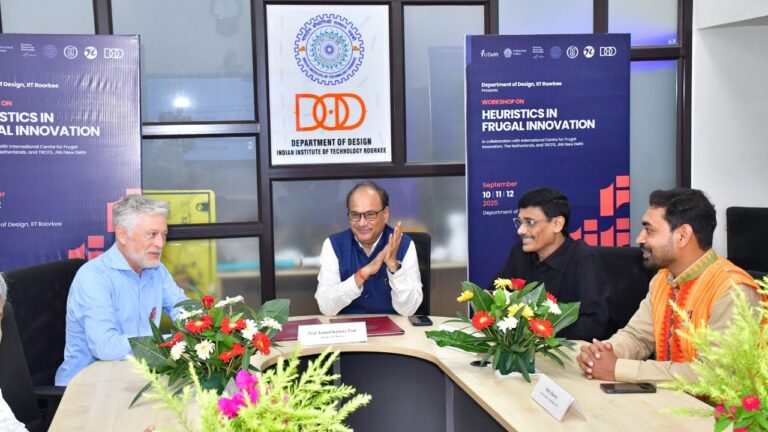
Chandrayaan-3 Set to Make History with Moon Landing at 6.04pm Today; Link to Watch Live
In a historic step toward space exploration, India’s Chandrayaan 3 is set to land on the lunar surface today at 6:04 p.m. Following the failure of Chandrayaan 2’s mission, Chandrayaan 3 returns with a fury, armed with cutting-edge technology to assure a 100% fail-safe landing.
The Chandrayaan 3 mission was initiated on July 14 as a follow-up to Chandrayaan 2. Since its launch, the spacecraft has been on an intricate journey, culminating in its entry into lunar orbit on August 5. A series of orbit reduction maneuvers were meticulously executed on August 6, 9, 14, and 16, paving the way for the separation of the rover and lander modules on August 17.
A significant breakthrough is anticipated with Chandrayaan 3‘s successful landing. The spacecraft is poised to be the fourth to softly touch down on the lunar surface, following the footsteps of the United States, China, and the former Soviet Union. However, India is set to claim a pioneering achievement by becoming the first country to soft-land on the moon’s south pole, a region of immense interest due to its potential for harboring water.
The meticulous planning behind Chandrayaan 3‘s soft landing is noteworthy. Unlike a hard landing, which results in the spacecraft’s destruction upon impact, a soft landing involves a controlled descent where the craft gradually reduces its speed until it nearly halts upon touching the surface. This time, ISRO’s Chairman, S Somnath, assured that even in the event of multiple failures, the spacecraft’s sophisticated technology is designed to ensure a successful soft landing.
The final descent of Chandrayaan 3 is anticipated to commence from a height of 30 kilometers, with its speed gradually slowing to a mere 1.68 kilometers per hour. By the time it reaches the moon’s surface, its velocity will approach zero, marking a delicate and precise accomplishment.
Locals in Varanasi perform ‘hawan’ for successful landing of Chandrayaan-3 on Moon’s lunar surface on August 23.
Of particular importance is today’s landing phase, which presents a critical transition. Chandrayaan 3 is slated to pivot from a horizontal to a vertical orientation—a pivotal maneuver that encountered difficulties during Chandrayaan 2’s mission.
Upon a successful landing, Chandrayaan 3‘s rover will disembark from the lander’s belly to explore the moon’s surface. This exploration phase is set to last for one lunar day, equivalent to approximately 14 Earth days. During this span, the rover will diligently analyze the lunar terrain and environment, enhancing our understanding of the moon’s geology and resources.

While the lander and rover are expected to remain operational during the sunlit lunar days, their survival during the moon’s frigid nights, when temperatures plummet to as low as minus 180 degrees Celsius, remains uncertain. If they manage to endure these extreme conditions, it would stand as a remarkable achievement for ISRO.
In the event of an unsuccessful landing, ISRO’s resilience shines through. Chairman S Somnath has affirmed that even in the face of engine and sensor failures, the spacecraft is engineered to ensure a soft landing. In such a scenario, a second landing attempt is planned for August 24. Subsequent efforts can also be made every lunar day, which spans about 14 Earth days, ensuring that India’s dedication to lunar exploration persists.
The anticipation for this landmark event is palpable, with live coverage scheduled for August 23, 2023, starting at 17:20 IST. Viewers around the world can tune in to various platforms, including the ISRO Website, YouTube, ISRO’s Facebook page, and DD National TV channel, to witness India’s audacious leap into the cosmos. As Chandrayaan 3 ventures to make history, it underscores India’s unwavering commitment to space exploration and technological innovation.




